by Judy Kautz, OSU Extension Master GardenerOklahomans definitely have a love affair with our crape myrtles; in many areas you can see them on practically every street. And why not? Few plants can match the crape myrtle’s spectacular summer flowers, colorful autumn foliage and attractive sculptured wood. Known as the “lilac of the South” they are truly versatile plants; here are some tips if you are thinking about adding a crape myrtle to your landscape. Crape myrtles, Lagerstroemia indica, have many landscape uses: planted together, they make a great hedge or screen for your yard, while a single plant can create a distinctive focal point in a garden bed. Crape myrtles also make wonderful foundation plants around your house. Summer is a great time to buy crape myrtles because it is easy to see bloom color. However, pay careful attention to the tag on the plant to make sure it is the right size for your garden. These plants range from less than 3 feet tall to cultivars that may reach 30 feet! Choose the right size plant for your needs, avoiding buildings and power lines if you plant larger types. Medium selections from 12 to 14 feet are perfect for a small courtyard, and dwarf selections look lovely in containers or perennial beds. When you plant, remember that crape myrtles love sun and will not bloom without plentiful sunshine. For planting, early spring through September are optimum times, because these plants love heat. In our hot summer soils, they will respond by growing vigorous roots. However, as the soil cools in the fall, root development dramatically slows. If you plant crape myrtles after early October, they may dehydrate and die during the winter. When planting, water your crape myrtle well before you place it in the ground, and keep it watered during hot periods. Mulch to conserve moisture and reduce weeds, and apply a general fertilizer; make sure you follow the recommended directions for use that are marked on the container. If you already have established crape myrtles in your landscape, you may be wondering about how to prune them. Some gardeners don’t prune them at all, but many do prune after the plants have bloomed. After crape myrtles bloom, they set seed and the small round seed pods may look unsightly or weigh the limbs down. You certainly can trim these pods just below the clusters using sharp clippers. You may even get new shoots of growth and a second bloom before frost after pruning! You may also want to remove the shoots from the base of the plant, especially if you want a tree-like appearance. Crape myrtle seed pods may be pruned to improve appearance, byt they may also be left on the plant. Powdery mildew is the main disease concern of crape myrtles, but there are many disease-resistant cultivars available, thanks to the efforts of the National Arboretum breeding program and the research of Dr. Carl Whitcomb. Dr Whitcomb has also created hybrids with new and enhanced colors, drought tolerance and cold hardiness, including the ever-popular, bright red Dynamite. If you do develop powdery mildew on your plants, you can spray the foliage with a fungicide like Fertilome for this purpose. There are several fungicides available at your local garden center. The Dynamite crape myrtle, developed by Dr Carl Whitcomb, is one of the most popular because of its deep red color and disease resistance. Crape myrtles are lovely in our gardens and they are relatively low maintenance and disease-resistant. For that deep red beauty in summer, try Dynamite or Red Rocket, and for a burgundy red, try Siren Red! All these varieties are medium-sized cultivars that grow from 10 to 15 feet. For beautiful pinks, try Rhapsody in Pink or Pink Velour, also medium sized plants. There are many, many other varieties and colors available, so plan to add one of these lovelies to your garden this year! You will be so glad you did! The Pink Velour variety sports brilliant pink blooms that develop all summer.
0 Comments
by Judy Kautz, OSU Extension Master GardenerHave you had trouble keeping your plants alive throughout the summer growing season? Gardening in Oklahoma can be challenging in the summer months, for sure; bugs, heat, low rain, etc. all are factors that can severely affect your plants. Here are ten low maintenance plants you cannot kill! All of them are suited to our frost zone 7. Although the season is winding down now, plan ahead for next year! Marigolds are one of the hardiest flowers that you can plant in your garden, which is why they are seen at nearly every home in the country. In fact, they are well known by gardeners to be a drought tolerant plant that can handle a lot of heat. Marigolds are annual flowers, so when the first frost hits, their growing period ends. If you are looking for a plant to brighten your garden, the daylily is a great option that comes in a plethora of colors. These blooms will only last for a day, but they will continue to appear throughout the summer in our zone. These plants grow best in full sun, and they are able to tolerate drought conditions, which means that even if you forget to water these plants, they will continue to do well. One of the most low-maintenance plants that you can consider for your garden is cosmos. These hardy plants are so easy to grow that they can seed themselves and grow with very little care in the warmer areas of the country. They do best in full sun, but they will also grow in partial shade, which means they can be planted anywhere in your garden. Cosmos are hardy plants that reseed themselves and require very little care. Begonias are colorful flowers that grow well in Oklahoma, but remember they are sensitive to frost, so will not last past our first cold snap. This is a plant that loves the shade, so if you do not have a sunny garden, this plant will thrive here. It can also tolerate drought conditions and a lot of sun, so regardless of where you plant it, the begonias will grow. This is a great option for a garden that does not get a lot of sun. Hostas are very adaptable plants that grow in shade to part shade, and this is a plant that does not mind cooler temperatures. When the weather is below 40 degrees Fahrenheit, this plant will go dormant through the winter and reappear again in the spring. They tend to do well in partial sun, especially the golden varieties with foliage that turns yellow in direct sunlight. Goldenrod is a plant that is mostly known in its wildflower form, but it will also make a great addition to any garden because it will basically grow on its own. Their tiny yellow blooms add brightness to your garden, and they will attract butterflies and bees as well. These plants can handle full or partial sun, and they are drought-tolerant, deer-resistant plants that can easily grow to be eight feet in height. The tiny yellow blooms of goldenrod add brightness to your garden, and they will attract butterflies and bees as well. Are you looking for a bright pink, purple, or crimson flower to attract butterflies, bees, and birds to your garden? The coneflower grows up to five feet in height, which is perfect for adding depth to your garden. These plants grow well in Oklahoma; they prefer full sun, but they can grow in shady conditions as well. Their blooming period begins in early summer and continues until or through the first frost of the year. If you are looking for a lot of ground cover in your garden, yarrow is a plant that spreads quite rapidly. Growing up to four feet tall, yarrow can handle a lot of heat, and it is also drought-resistant, so if you forget to water it, it will still survive. Yarrow comes in yellow, white, pink, and red blooms, and will continue throughout the entire summer, especially if you deadhead the plant. Zinnias are very adaptable plants that can grow to be up to three feet in height. They prefer full sun, though they will grow in the shade as well. These are drought tolerant plants that will attract butterflies to your garden. The blooms from this plant last all summer, and they can be red, pink, orange, purple, yellow, and white in color. Zinnias are very adaptable plants that can grow to be up to three feet in height and come in a huge variety of colors! Finally, if you have a garden full of poor soil, then coreopsis is a great plant to consider. It can thrive in dry, hot, and humid conditions without a lot of care from you. This plant is often seen as a wildflower, but they can add some lovely orange, yellow, and red blooms to your garden environment. They will also attract bees, butterflies, and other pollinators to your garden.
There are several other plants that will thrive in Oklahoma during the summer, all available at local nurseries. Try some of these beauties for colorful plants that will last all summer! |
Welcome to Dishing the Garden Dirt!
|
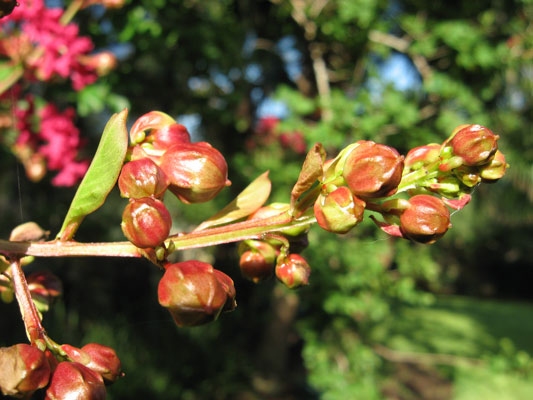
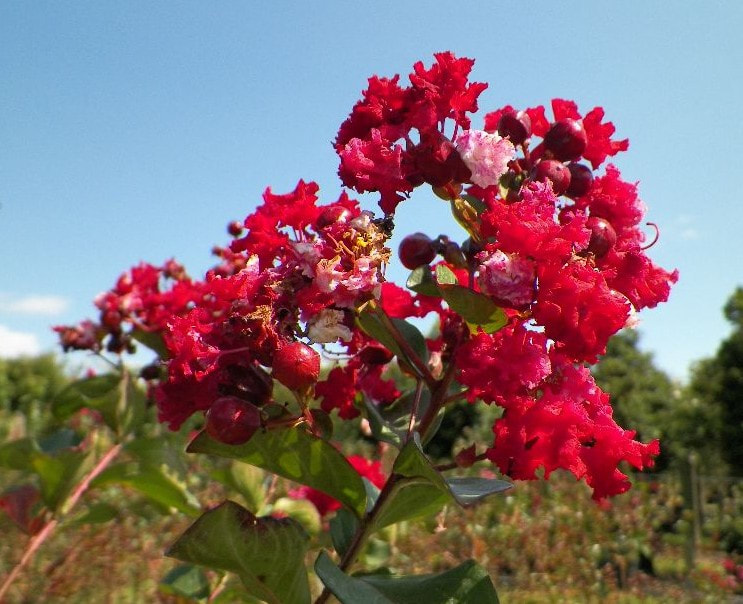
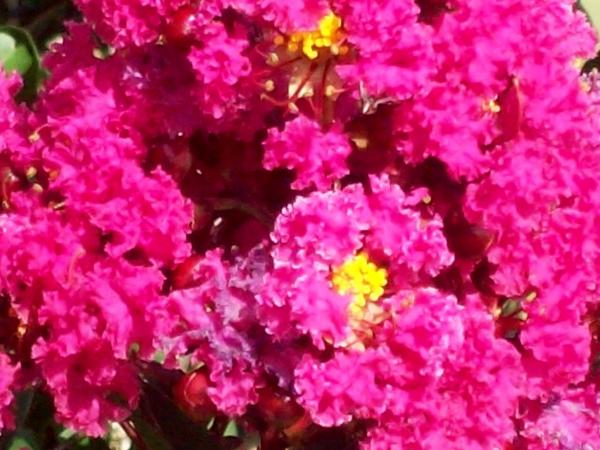
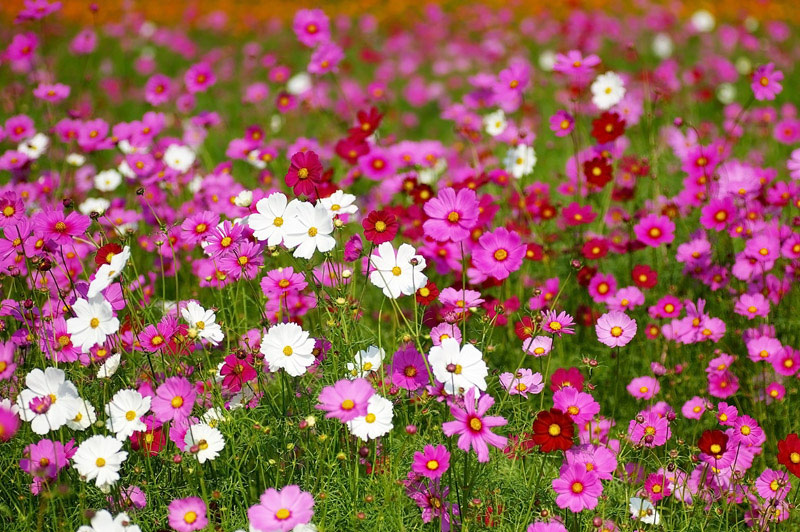
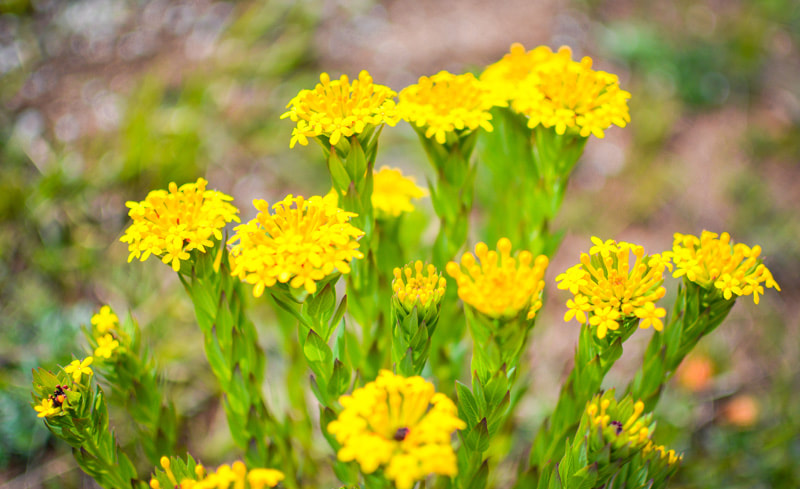
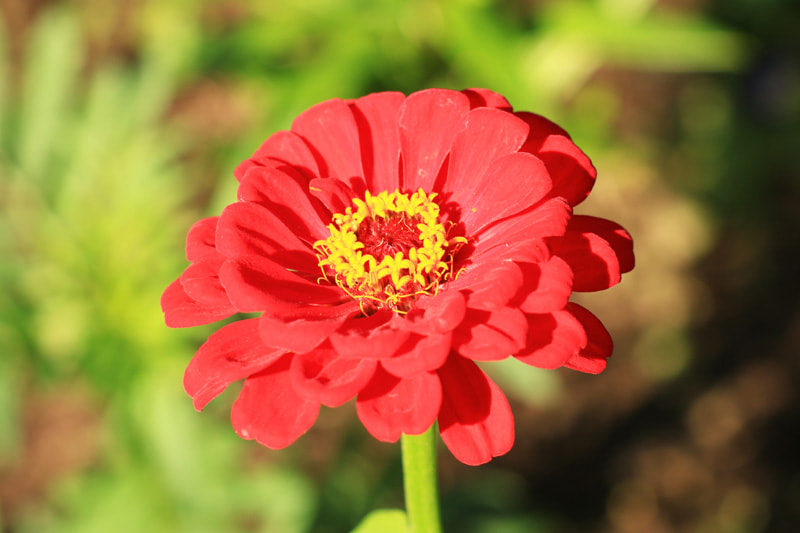
 RSS Feed
RSS Feed